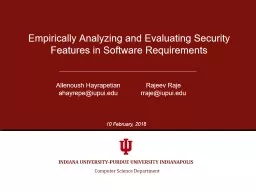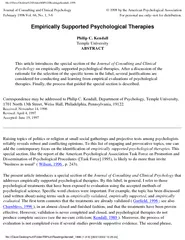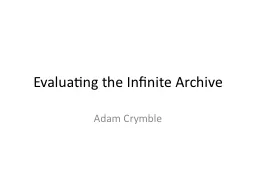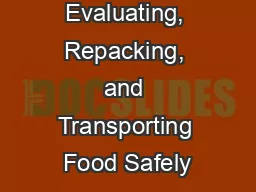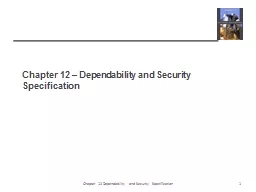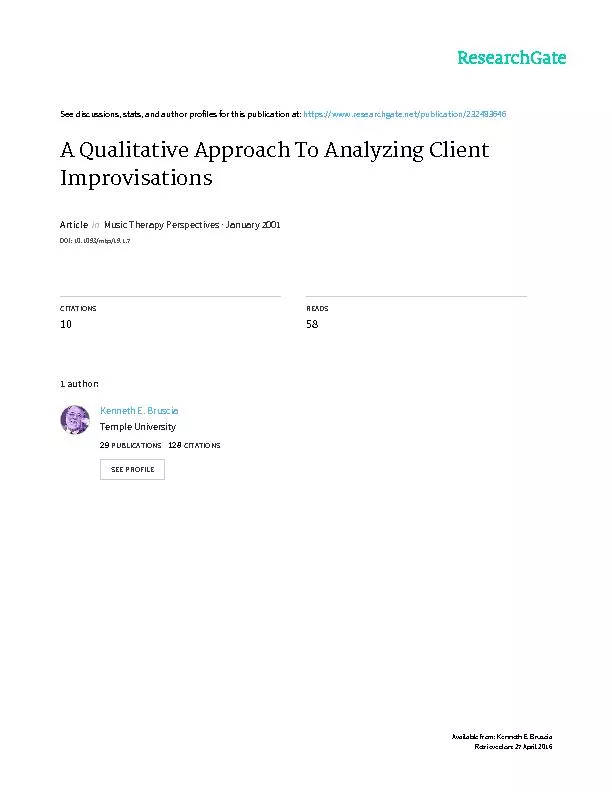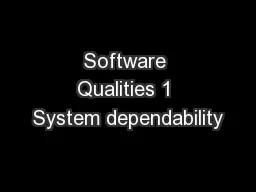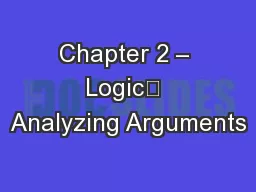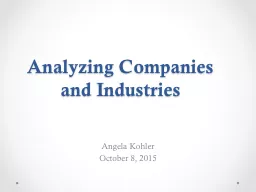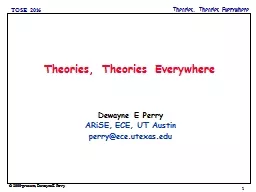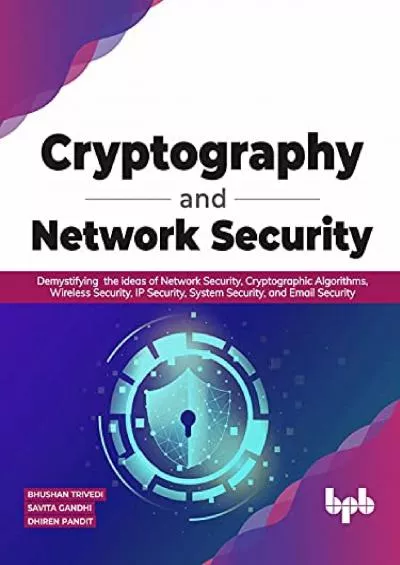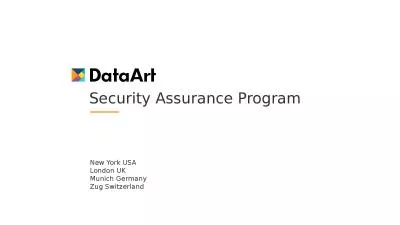PPT-Empirically Analyzing and Evaluating Security Features in Software Requirements
Author : accouther | Published Date : 2020-07-01
Allenoush Hayrapetian ahayrepeiupuiedu Rajeev Raje rrajeiupuiedu Computer Science Department INDIANA UNIVERSITYPURDUE UNIVERSITY INDIANAPOLIS 10 February 2018
Presentation Embed Code
Download Presentation
Download Presentation The PPT/PDF document "Empirically Analyzing and Evaluating Sec..." is the property of its rightful owner. Permission is granted to download and print the materials on this website for personal, non-commercial use only, and to display it on your personal computer provided you do not modify the materials and that you retain all copyright notices contained in the materials. By downloading content from our website, you accept the terms of this agreement.
Empirically Analyzing and Evaluating Security Features in Software Requirements: Transcript
Download Rules Of Document
"Empirically Analyzing and Evaluating Security Features in Software Requirements"The content belongs to its owner. You may download and print it for personal use, without modification, and keep all copyright notices. By downloading, you agree to these terms.
Related Documents

